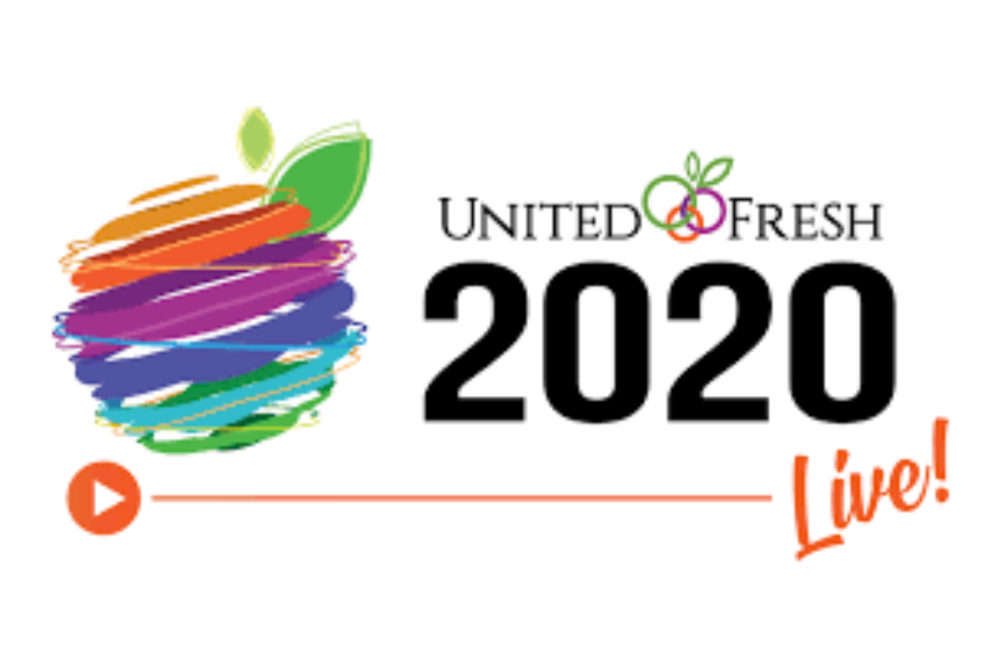WASHINGTON, D.C. — Fresh produce consumption has been stagnant for years. The Brentwood, Mo.-based Produce for Better Health Foundation believes behavioral science can help get to the root of that problem and convince Americans to eat more fruits and vegetables.
Two PBH officials — Wendy Reinhardt Kapsak, president and CEO; and Jason Riis, chief behavioral scientist — made their case in a June 17 workshop during United Fresh Live!, the United Fresh Produce Association’s virtual equivalent of its annual trade show.
In “The Feelings and Habits that Accelerate Fruit and Vegetable Consumption: Delivering on the Desires and Demands of Consumers,” Kapsak and Riis said that by tapping into consumers’ emotions and turning their behaviors into habits, produce consumption could finally start to tick up.
“People are only eating half of their recommended fruits and vegetables per day,” Kapsak said. “They know they need to eat more to improve their health. Research also shows it can improve their happiness. Over the last year we’ve been on a journey to get people inspired to want to eat produce more often.”
In 2017, PBH began looking at behavioral science and psychological literature to understand more about people’s emotional connections with fruits and vegetables. Most people know that produce is good for their long-term health. What the latest research points out is that it’s also good short-term, by immediately improving happiness, appealing to consumers’ pride or making other emotional impacts.
Of course, the more produce consumers eat, the easier it is for them to start appreciating the benefits. And for that, Riis said, they need to turn their produce consumption into a habit.
“Forty-three percent of what people do every day is done while thinking of something else — it’s a habit, it’s automatic,” he said. “Half of fruit and vegetable behaviors are done habitually, and there is lots for us to learn about that.”
For a behavior to develop into a habit, several things are required, Riis said. It’s best if it happens in a similar context, e.g. the same time and place. It must be repeated extensively, and there must be some element of reward or enjoyment involved.
“The lack of new habit formation can be part of what stalls consumption rises,” Riis said. “The key to creating new habits is repetition, which leads to automaticity, which is the defining character of habit.”
As an example, Riis cited the making of a tossed salad for dinner. Many ingredients and actions are typically involved to make a salad. Add to that outside distractions (kids, for example), and it becomes a formidable challenge to produce just that one element of dinner — unless, that is, you’ve done it so often, and enjoyed the payoff, that it becomes automatic and you make it mostly without thinking about it, while doing other things.
Grocery retailers and their supplier partners, Riis said, can play a critical role in helping consumers build those habits. Is produce easy for consumers to remember to buy? Does it always taste the same? Can it always be found in the same place at the store? Does it look the same?
“Merchandising becomes critical” to habit formation, Riis said.
Once those habits are formed, they’re hard to break. In one study, Riis said, more than 80% of parents reported that, after 14 days, their kids ate more of a certain fruit or vegetable than they did at the beginning of the two-week experiment — even if, at the outset, it wasn’t even a fruit or vegetable that they actually liked.

